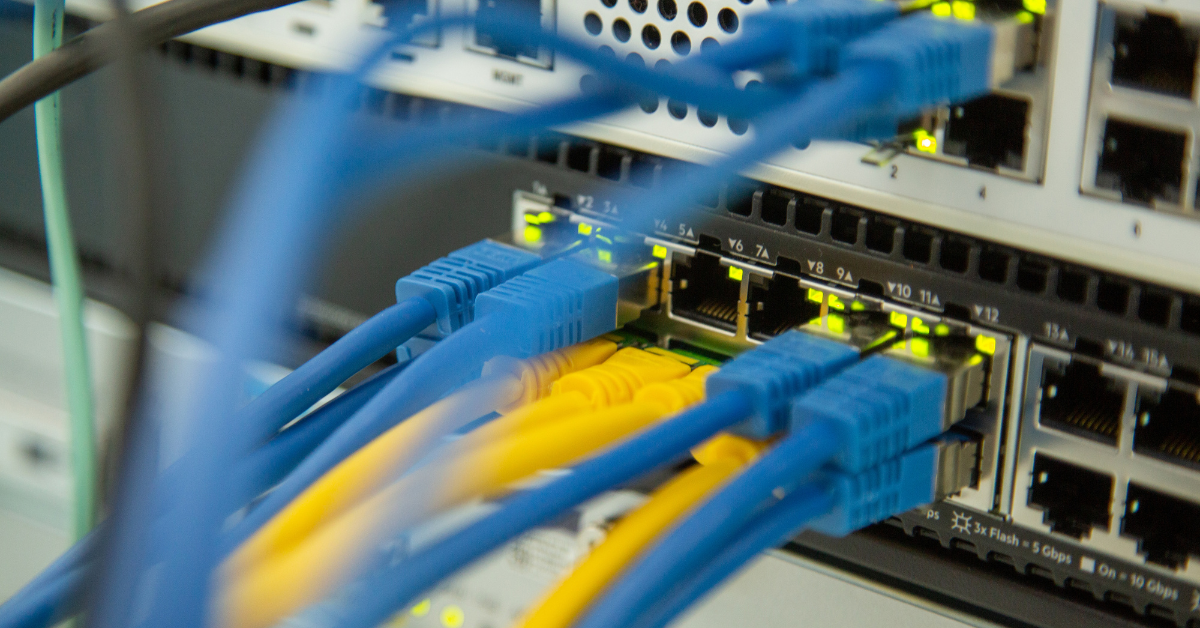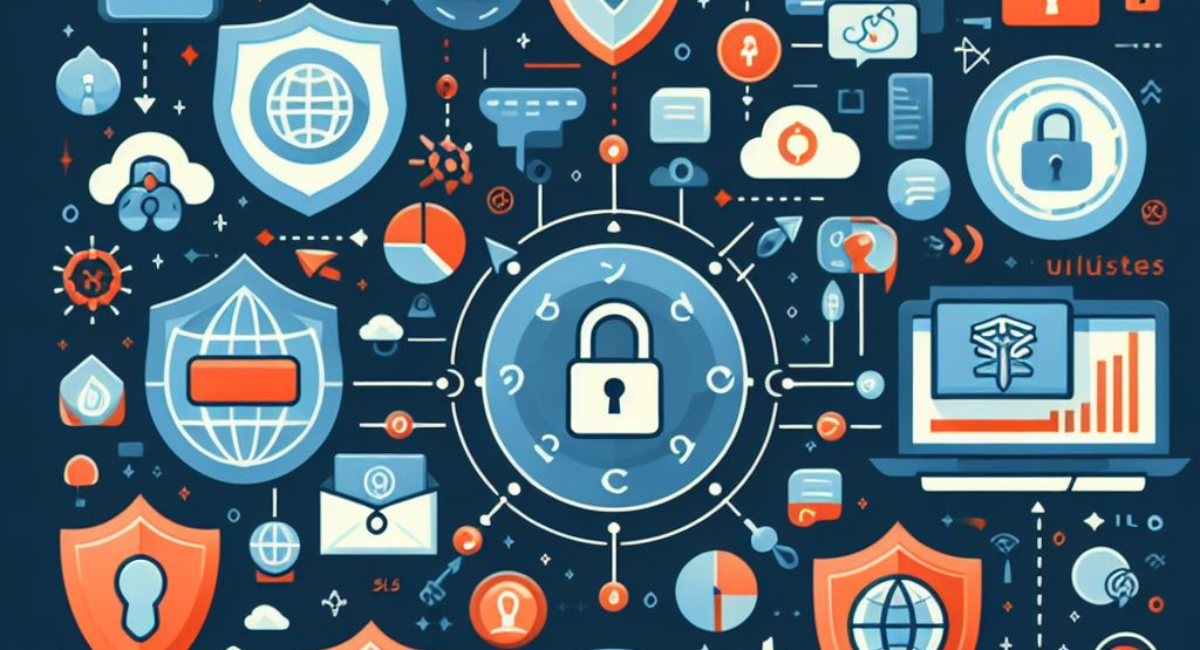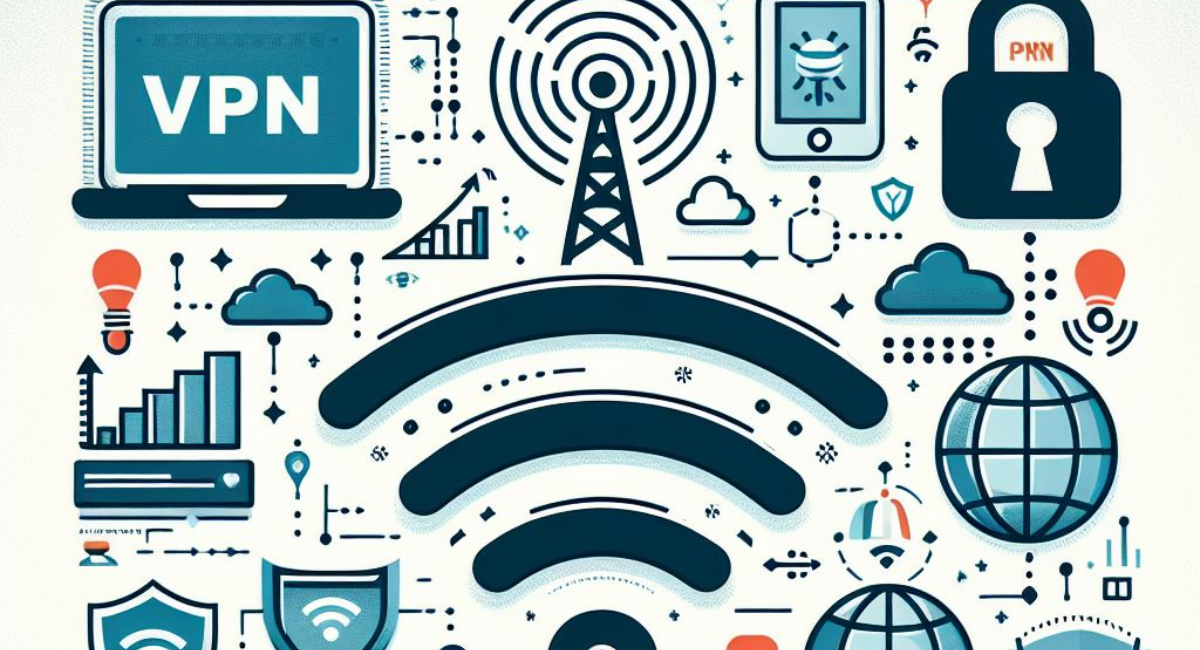Encryption methods like SSL, TLS, or SFTP are used to secure data transmission. Encrypt the data before transmitting it, and decrypt it at the recipient’s end. Ensure confidentiality and authentication by using a secret key or public key encryption. Implement secure protocols and follow ethical and legal guidelines.
I will explore the importance of secure data transmission and how encryption plays a vital role in safeguarding sensitive information. We’ll discuss various encryption methods and protocols used for data transmission and storage, focusing on Virtual Data Rooms (VDRs). Additionally, we’ll delve into Secure File Transfer Protocol (SFTP) and its significance in securely transferring files over the web. Let’s embark on a journey to understand the essence of data security and how it fosters trust in communication networks.
Defining Data Transmission Security
Data transmission security refers to safeguarding data while it is being transferred from one location to another, ensuring it remains confidential and protected from unauthorized access.
Securing Data Transmission

Encryption – The Guardian of Data Transmission:
Encryption Basics
- Mathematical Expressions and Algorithms Encryption involves using mathematical expressions and algorithms to convert data into a coded form. This process ensures that the information remains secure and confidential during transmission.
- Encoding Methods for Data Security Encoding methods are crucial to data security. Using various encoding techniques, sensitive information is transformed into an unreadable format for unauthorized parties.
- Encryption and Decryption Process during Transmission The encryption process occurs before data is transmitted, converting it into an encrypted form. The data is decrypted to its original state at the recipient’s end. This two-step process ensures secure communication.
Ensuring Confidentiality and Authentication
- Secret Key Encryption Secret key encryption, also known as symmetric encryption, involves using a single key to encrypt and decrypt data. Only the parties with access to the key can decipher the information.
- Public Key Encryption Public key encryption, or asymmetric encryption, uses a public key for encryption and a private key for decryption. This method allows secure communication between parties without sharing the private key.
- Digital Signatures for Data Integrity Digital signatures are used to verify the authenticity and integrity of data during transmission. They help identify any alterations or tampering with information. (https://www.voiceoverherald.com/)
SSL – The Sentinel of Web Communication:
- Role of SSL in Web Security SSL (Secure Sockets Layer) is critical in securing web communication. It establishes an encrypted connection between a web server and a browser, protecting data during transmission.
- Securing Communication between Servers and Web Browsers SSL ensures that sensitive data, such as login credentials and financial information, is encrypted and protected while being exchanged between servers and web browsers.
- SSL Certificates and Authentication SSL certificates are used to authenticate the identity of websites. Users can trust that they interact with legitimate and secure websites when SSL certificates are present.
Link Encryption: Building Secure Tunnels for Data Transmission:
- Understanding Link Encryption Link encryption creates secure tunnels between points in a network, ensuring confidentiality, integrity, and authentication during data transmission.
- Confidentiality, Integrity, and Authentication Link encryption ensures that data remains confidential, unaltered, and secure while traveling through the network.
- Complementing Other Security Layers in Networking Link encryption adds an additional layer of security to complement other security measures in a network, enhancing overall data protection.
Secure File Transfer Protocol (SFTP):
An Introduction to SFTP
- Building on FTP for Enhanced Security SFTP enhances the security of File Transfer Protocol (FTP) by utilizing Secure Shell (SSH) components for secure file transfers.
- Utilizing Secure Shell (SSH) Components SFTP employs SSH components to encrypt and authenticate secure file transfers.
Advantages of SFTP
- Preventing Password Sniffing and Data Exposure SFTP prevents password sniffing and protects data from exposure during file transfers.
- Two-Factor Authentication for Added Security SFTP supports two-factor authentication, adding an extra layer of security to the file transfer process.
SFTP vs. VPN: Different Tools, Common Goals
- The Purpose of SFTP and VPN SFTP is designed for secure file transfers, while Virtual Private Networks (VPNs) create encrypted data transmission tunnels. Both aim to enhance data security.
- Enhancing Security with SFTP over VPN SFTP can be used through a VPN to enhance the security of file transfers further, providing an additional layer of protection.
Methods & Free Tools For Securing Data During Transmission

Common methods: Common methods include encryption, SSL/TLS protocols, VPNs (Virtual Private Networks), and secure file transfer protocols like SFTP and SCP..
Free Tools: Several free and open-source encryption tools and resources are available, such as GPG (GNU Privacy Guard) and Let’s Encrypt SSL certificates, to enhance data transmission security.
Best Practices To Secure Data Transmission
To secure data transmission, follow these steps:
- Use Encryption: Encrypt the data using mathematical algorithms and encoding methods before transmitting it. This ensures that the information is unreadable to unauthorized parties.
- Choose Secure Protocols: Use secure communication protocols like TLS/SSL for internet data transmission to establish encrypted connections.
- Implement Authentication: Verify the identity of both sender and receiver to prevent unauthorized access to data.
- Protect Encryption Keys: Safeguard encryption keys used to maintain data confidentiality.
- Use Secure File Transfer Methods: Employ protocols like SFTP for secure file transfers, especially for sensitive information.
- Follow Ethical and Legal Standards: Adhere to ethical and legal guidelines, especially in telemedicine, to ensure privacy and compliance.
- Comply with Industry Regulations: Stay up-to-date with industry-specific regulations and standards for data security.
- Regularly Update Security Measures: Keep software and systems updated with the latest security patches and improvements.
- Train Employees: Educate employees about data security best practices and the importance of following secure transmission protocols.
- Conduct Regular Audits: Periodically assess data transmission practices and security measures to identify and address vulnerabilities.
FAQs
What is encryption, and why is it crucial for data transmission?
Encryption converts data into a coded form using mathematical algorithms and encoding methods. It ensures that sensitive information remains confidential during transmission and can only be accessed by authorized parties.
How does SSL protect web communication?
SSL (Secure Sockets Layer) establishes an encrypted connection between a web server and a browser, safeguarding data exchanged between them. SSL certificates authenticate the server’s identity, ensuring users can trust the website they are interacting with.
What are Virtual Private Networks (VPNs) and how do they protect data during transmission?
VPNs create secure, encrypted tunnels between the user’s device and the destination server, preventing data interception and ensuring privacy and anonymity.
Is secure file transfer necessary for data transmission security?
Yes, secure file transfer protocols like SFTP (SSH File Transfer Protocol) and SCP (Secure Copy Protocol) add an extra layer of protection during data transmission, preventing unauthorized access to sensitive files.
Are public Wi-Fi networks safe for data transmission?

Public Wi-Fi networks can be risky for data transmission as they are vulnerable to attacks. It’s best to avoid transmitting sensitive data on public Wi-Fi and use a VPN for added security.
What is end-to-end encryption, and why is it important for data transmission security?
End-to-end encryption ensures that data remains encrypted throughout its entire journey, from the sender to the recipient, providing an extra layer of protection against eavesdropping and interception.
How does data transmission security impact regulatory compliance?
Data transmission security is crucial for complying with data protection regulations such as GDPR, HIPAA, and CCPA, as it helps protect sensitive information and ensures privacy.
Can data transmission security prevent all types of cyber-attacks?
While data transmission security significantly reduces the risk of cyber-attacks, it cannot guarantee absolute protection. Employing a multi-layered security approach is recommended.
Is secure data transmission only essential for businesses, or should individuals also be concerned?
Secure data transmission is crucial for both businesses and individuals, as it protects sensitive personal information from falling into the wrong hands and ensures privacy.
How often should I update encryption keys and certificates for data transmission security?
It is recommended to update encryption keys and certificates regularly, especially after any security incidents or as per industry best practices to maintain high data security standards.
Is data transmission security different for wired and wireless networks?
While the principles of data transmission security apply to both wired and wireless networks, wireless networks are generally more susceptible to interception and require additional precautions.
Does using a firewall guarantee data transmission security?
While firewalls add a layer of protection, they alone cannot guarantee data transmission security. Combining firewalls with other security measures, such as encryption and VPNs, is essential for comprehensive protection.
Conclusion:
Secure data transmission is a cornerstone of trust in modern communication networks. Encryption methods, SSL, ethical considerations, and link encryption all significantly ensure confidentiality, integrity, and authentication during data transmission and storage. SFTP is a powerful tool for securely transferring large files over the web, providing an added layer of protection against data breaches. We can foster a safer and more trustworthy digital environment by employing these data security measures.
